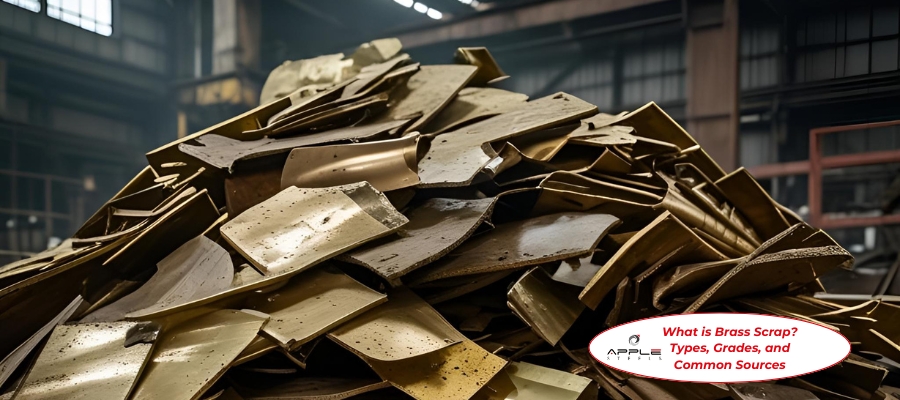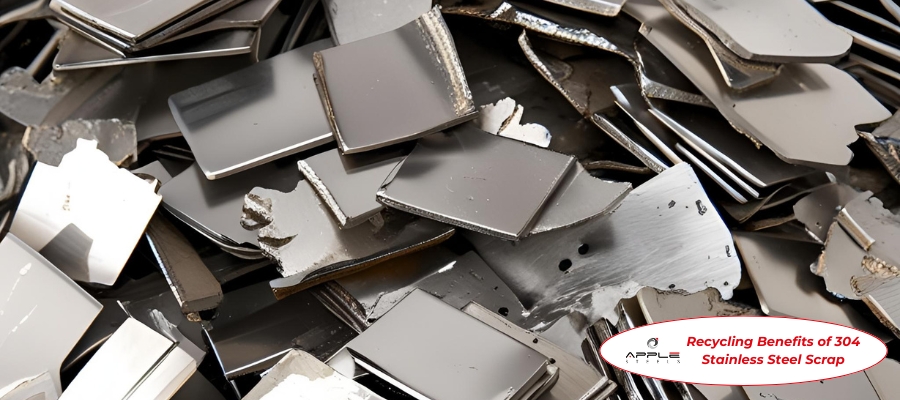Flanges are critical components in piping systems that help to connect pipes, valves, and other equipment. They are designed to provide a secure and leak-proof joint, making them essential in various industrial applications. This guide will delve into the types of flanges, materials used, selection criteria, applications, and maintenance practices to help you make informed decisions for your projects.
What are flanges?
Flanges are mechanical devices used to connect and seal two sections of piping or equipment. They are typically circular plates with holes for bolts and are used in conjunction with gaskets to create a tight seal. Flanges facilitate easy assembly and disassembly of piping systems, making them ideal for maintenance and modifications.
Types of Flanges
Flanges come in various types, each suited for specific applications:
Weld Neck Flanges
- Description: These flanges are attached to the pipe by welding. They have a long, tapered hub that provides a strong, smooth transition from the pipe to the flange.
- Applications: Common in high-pressure and high-temperature environments, such as chemical processing and oil and gas industries.
- Advantages: High strength, good for severe service conditions, and allows for the pipe to be inspected through the weld.
Slip-On Flanges
- Description: Slip-on flanges are designed to slip over the pipe and are then welded in place. They have a larger diameter compared to the pipe, allowing for easier alignment.
- Applications: Suitable for lower-pressure systems and used where ease of installation and cost-effectiveness are prioritized.
- Advantages: Easier to align and weld, more economical compared to weld neck flanges.
Blind Flanges
- Description: Blind flanges are used to close the end of a piping system. They have no hole and are used for blocking off sections of a pipeline.
- Applications: Used in maintenance and repair operations, as well as to provide access to the interior of a pipe for cleaning or inspection.
- Advantages: Simple design, provides a complete seal.
Socket Weld Flanges
- Description: These flanges have a socket into which the pipe is inserted before welding. They are typically used for small-diameter, high-pressure applications.
- Applications: Ideal for applications where space is limited, such as in high-pressure systems.
- Advantages: Provides a strong, durable joint with minimal risk of leakage.
Lap Joint Flanges
- Description: Lap joint flanges are used with a lap joint stub end, allowing for easy disassembly and alignment. The flange itself does not need to be welded.
- Applications: Often used in systems where frequent dismantling is required, such as in pipelines that require regular inspection.
- Advantages: Easy to align and remove, reduces the need for welding.
Materials Used in Flanges
Flanges are made from various materials to suit different environments and requirements:
Stainless Steel Flanges
- Grades: Common grades include 304, 316, and 904L. Stainless steel flanges are known for their excellent corrosion resistance and high strength.
- Applications: Used in chemical processing, marine environments, and food processing where corrosion resistance is essential.
Carbon Steel Flanges
- Grades: Includes ASTM A105, ASTM A350 LF2. Carbon steel flanges are strong and cost-effective but are less resistant to corrosion.
- Applications: Suitable for less corrosive environments and used in oil and gas, and water treatment industries.
Alloy Steel Flanges
- Grades: Includes Inconel, Hastelloy, and Monel. Alloy steel flanges are designed to withstand extreme temperatures and pressures.
- Applications: Ideal for aerospace, nuclear power, and high-temperature applications.
Plastic Flanges
- Materials: Made from materials like PVC, CPVC, or PFA. Plastic flanges are lightweight and resistant to corrosion.
- Applications: Used in chemical processing and water treatment where metal flanges are not suitable.
Choosing the Right Flange
Selecting the right flange involves several considerations:
Material Compatibility
Ensure the flange material matches the pipe and the medium being transported. Consider factors like chemical exposure, temperature, and pressure.
Pressure and Temperature Ratings
Match the flange’s pressure and temperature ratings with the system’s requirements. Flanges are rated for different pressures and temperatures, so ensure they are suitable for your application.
Size and Dimensions
Select a flange that fits the pipe size and meets the dimensional standards required for your project. Flanges come in various sizes and thicknesses.
Standards and Specifications
Verify that the flange complies with industry standards such as ANSI, ASTM, or DIN. This ensures compatibility and reliability.
Applications of Flanges
Flanges are versatile components used in many industries:
Oil and Gas
Used to connect pipelines and equipment, flanges play a crucial role in maintaining the integrity of oil and gas transport systems.
Chemical Processing
Flanges must handle aggressive chemicals and high temperatures. They are used to connect equipment and maintain system integrity.
Water Treatment
In water and wastewater treatment plants, flanges are used to connect various components and ensure leak-free operation.
Construction
Flanges are used in building services and structural applications to join different sections of piping and equipment.
Maintenance and Inspection
Proper maintenance and inspection are crucial for ensuring the longevity and performance of flanges:
Routine Inspections
Regularly check for leaks, corrosion, and damage. Inspect gaskets and bolts to ensure they are in good condition.
Cleaning
Clean flanges to remove debris and contaminants that could affect their performance. Use appropriate cleaning agents based on the material and application.
Replacement
Replace flanges that show signs of wear, corrosion, or damage to prevent leaks and maintain system integrity.
Conclusion
Flanges are vital components in piping systems, offering reliable and secure connections. Understanding the different types, materials, and selection criteria will help you choose the right flange for your specific needs. Regular maintenance and inspection ensure their continued performance and safety.




